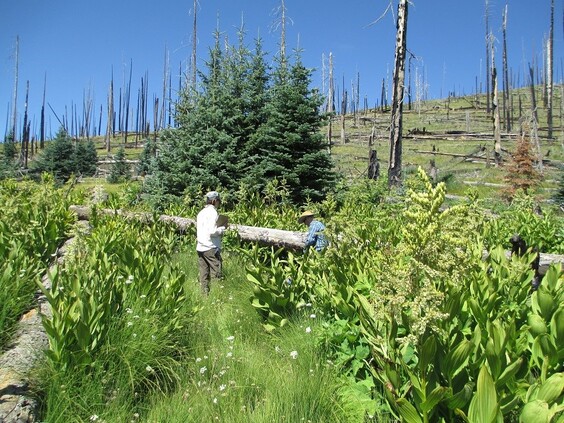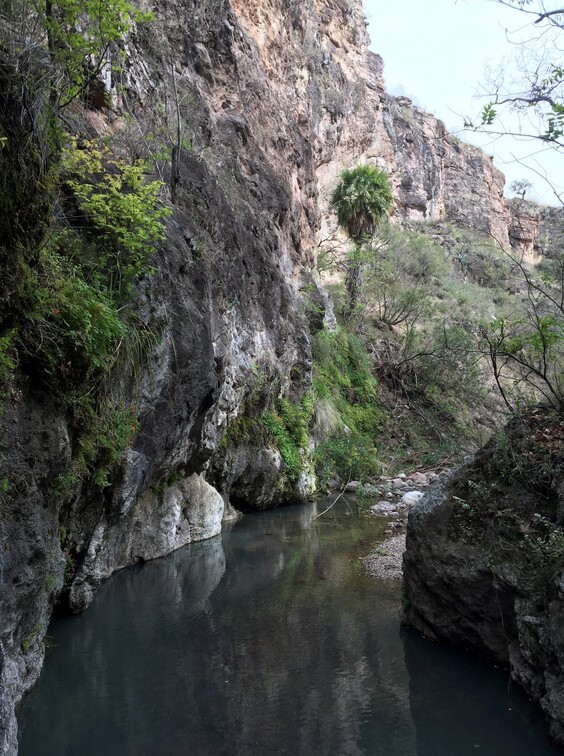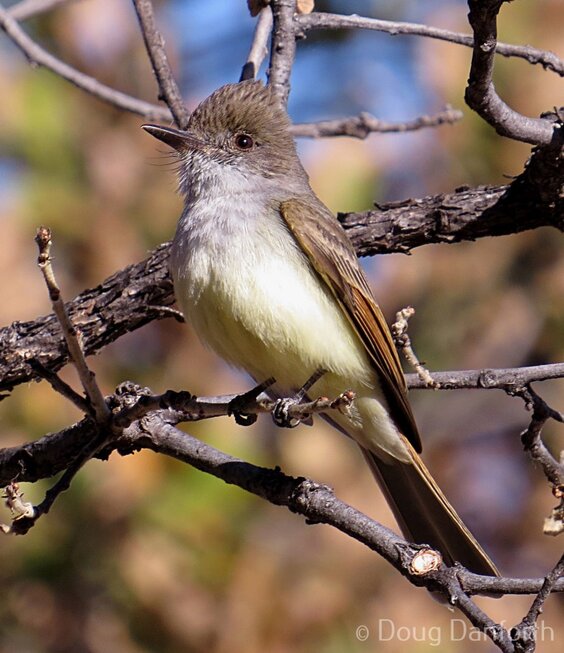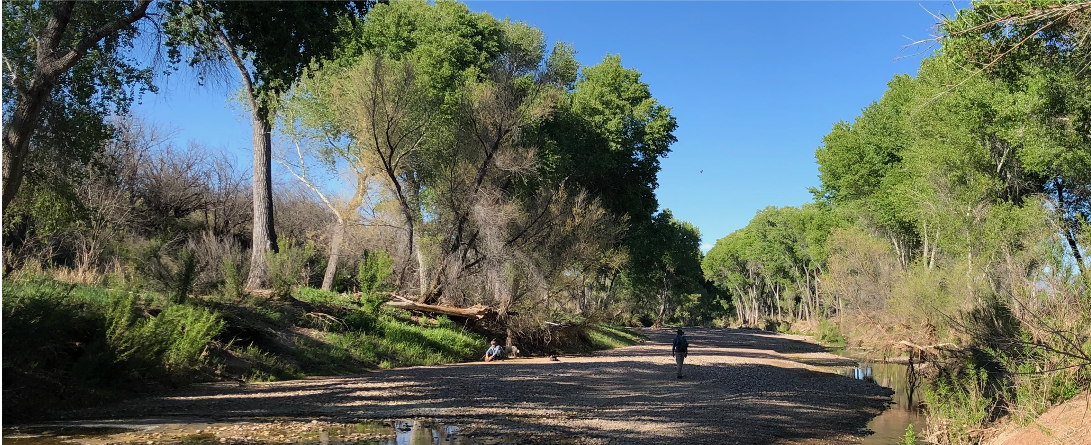By Paulo Quadri Barba, Conservation Director, Sky Island Alliance
Climate change is upon us and in arid ecosystems, springs and other natural water sources will become increasingly critical habitats for both wildlife and human communities. Rising temperatures will further fragment the landscape by impeding species to move long distances without risking dehydration, while plant species may start shifting or contracting their distribution ranges. In this scenario, springs are truly becoming climate refugia, and are critical resources for the adaptation of many species to climate change. For birds, springs are especially important as feeding and reproductive habitat. In the southwest U.S., riparian ecosystems account for just 5% of land surface but they account for 40% of all bird species in the region and more than 50% of breeding bird species.

Unfortunately, climate change is not the only threat spring ecosystems are facing in the southwestern United States and northwestern Mexico. Livestock, human modifications, land cover change, erosion, mining pollution, and excessive ground water extraction have been imperiling springs for decades, severely reducing their ability to cope with the impacts of climate change.
In an effort to document the health of springs across the Sky Islands and their remarkable contributions to the ecosystems and human communities of the region, Sky Island Alliance has launched our Spring Seeker program. Spring Seeker is a smart phone-based app powered by ArcGis’ Survey123 that enables anyone with a phone to collect data about key conditions and characteristics of springs, including details such as location, type of spring, degree of human use or modification, degree of livestock impacts, degree of invasive species impacts, and basic characteristics of the biological communities of the spring.

Spring Seeker is a critical piece in our water research and stewardship strategy because it is generating a baseline of different parameters that will allow us to monitor springs for the foreseeable future. The data collected will be essential to determine two very important things. One is which springs are in need of interventions so that we can restore their function and help them better cope with further impacts, and the other is to better understand which springs might be becoming key refugia for wildlife under climate change.
However, and fortunately, there are many springs in the Sky Islands, most of which we don´t know much about. This is especially true for the Sonoran Sky Islands, where information is even more scarce. Just in the U.S. Sky Islands, there are anywhere between three and four thousand springs, thus sampling them all or at least half of them is challenging to say the least. This is why we have developed Spring Seeker, so that we that we can ask for your help to collect data about our beloved and valuable springs.
How to Participate

The first thing you need to do is to download the Survey123 app in your phone; here if you have an apple OS and here if you have an android OS. Before going for a hike, download the Spring Seeker survey so you can open it and use it without any issues once you are in the field with no reception. Also before going to the field, we encourage you to read our Spring Seeker Safety Guide and to download the Spring Seeker Field Guide, which might facilitate your data collection process.
Only with your help will we be able to systematically monitor the springs of the Sky Islands. Every survey you submit will become part of our master database and we will be reporting on the progress of Spring Seeker and some of its key findings regularly. If you want to learn more about Spring Seeker and even get some virtual field training you can watch our Coffee Break events: Introduction to Spring Seeker and Spring Seeker Training Session. Also, you can learn how to protect springs in US Forest Service land by using Spring Seeker to survey springs for which water rights haven´t been validated. If you have any questions please do not hesitate to contact our Community Science Manager, Zoe Fullem.

